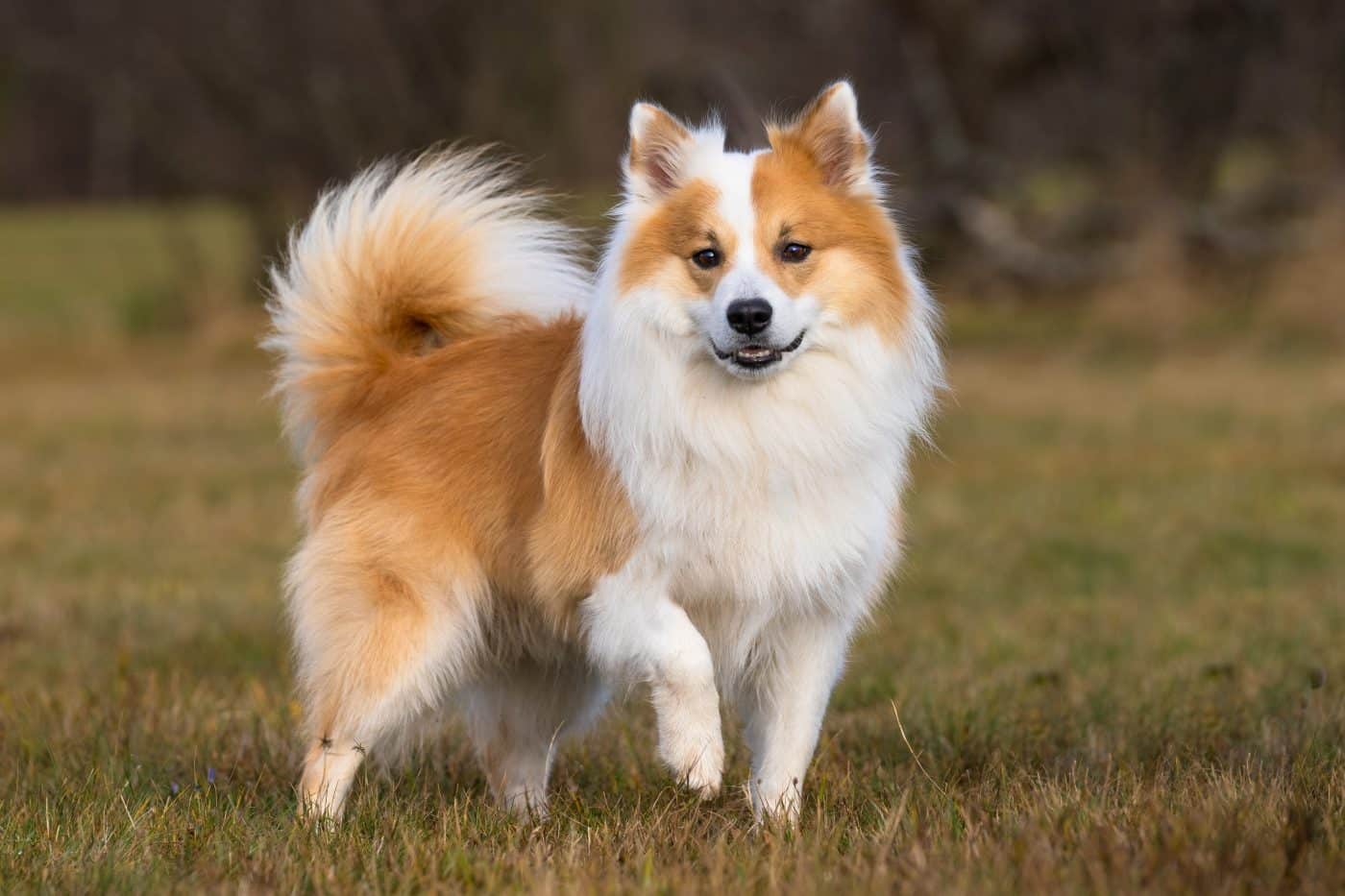 Shutterstock
Shutterstock
Certain dog breeds have proven their resilience throughout history, surviving extreme conditions, grueling tasks, and even near extinction. These dogs were bred not for luxury but for survival, thriving in harsh climates, facing predators, and taking on demanding work. From the icy tundras of Siberia to the scorching deserts of Africa, they have adapted where others might falter. Whether herding, guarding, hunting, or saving lives, these dogs have left their mark on history. Their strength and spirit have endured for generations, making them truly remarkable.
Siberian Husky
 Shutterstock
Shutterstock
Bred by the Chukchi people of Siberia, the Siberian Husky was designed for survival in the harshest Arctic conditions. These dogs could pull sleds across frozen landscapes for miles, requiring little food while enduring extreme cold. Their thick double coat protects them from freezing temperatures, while their stamina and endurance make them excellent working dogs. Huskies have also played crucial roles in history, such as the famous serum run to Nome in 1925, which saved an entire town from a diphtheria outbreak. Despite their domestication, Huskies still retain their toughness, boundless energy, and ability to thrive in the coldest environments.
Tibetan Mastiff
 Shutterstock
Shutterstock
Originating from the Himalayan mountains, the Tibetan Mastiff was bred to guard livestock from wolves, leopards, and even snow leopards. These massive, thick-coated dogs have adapted to high-altitude, freezing conditions with low oxygen levels. Their independent and fearless nature allows them to make decisions without human intervention, a crucial trait for guarding isolated villages. Despite their intimidating size, Tibetan Mastiffs are incredibly loyal to their families, making them both fierce protectors and gentle companions. Having endured centuries of brutal mountain weather and predator threats, this breed defines resilience.
Basenji
 Shutterstock
Shutterstock
Hailing from Central Africa, the Basenji is one of the oldest and most adaptable dog breeds. Basenjis have remained relatively unchanged for thousands of years, unlike many modern breeds. Known as the “barkless dog,” they rely on unique vocalizations to communicate, making them well-suited for stealthy hunting in dense jungles. Their sleek, short coat helps them withstand extreme heat, while their agile bodies allow them to navigate difficult terrain easily. The Basenji’s ability to survive in challenging environments with minimal human intervention showcases its resilience and independent spirit.
Alaskan Malamute
 Shutterstock
Shutterstock
One of the oldest Arctic sled dogs, the Alaskan Malamute has been a vital working breed for indigenous Arctic communities for centuries. Known for their immense strength, Malamutes were used to haul heavy sleds, hunt large game, and assist in survival efforts in some of the coldest regions on Earth. Their thick fur, strong build, and tireless energy make them incredibly tough in extreme conditions. Unlike other sled dogs, Malamutes are known for their ability to work independently and problem-solve when needed. Their endurance and willpower make them one of history’s most resilient working breeds.
Anatolian Shepherd
 Shutterstock
Shutterstock
The Anatolian Shepherd is an ancient breed that has been guarding livestock in Turkey for thousands of years. Bred to survive in the rugged Anatolian mountains, these dogs are independent thinkers with incredible endurance. Their thick coat protects them from both scorching summers and freezing winters, making them adaptable to extreme weather. With their natural guarding instincts, Anatolian Shepherds defend flocks from wolves, jackals, and even bears without hesitation. Their ability to withstand tough conditions and still perform their duties makes them a prime example of resilience.
Newfoundland
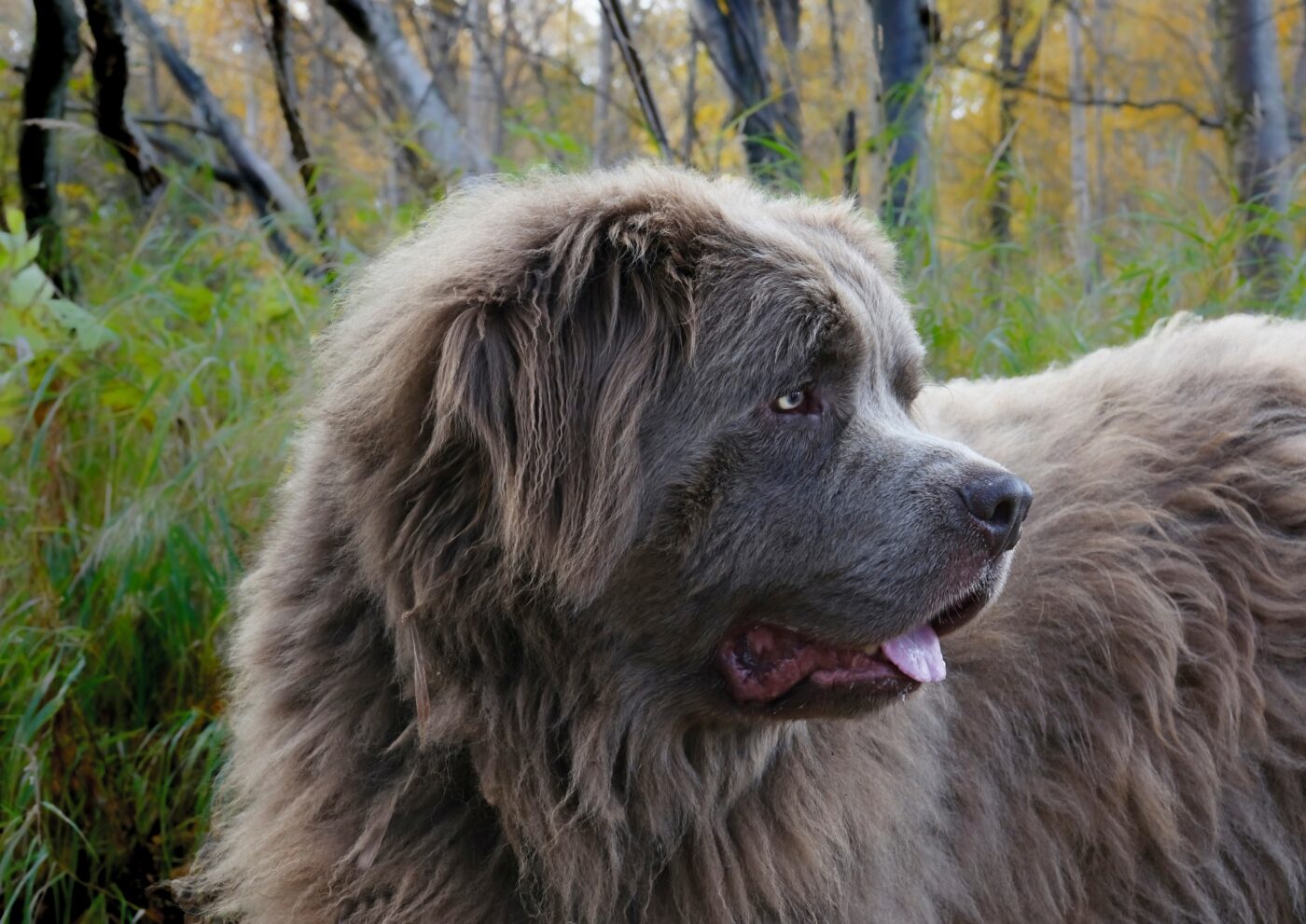 Shutterstock
Shutterstock
Originally bred in Canada as a water rescue dog, the Newfoundland is one of the toughest swimmers in the canine world. Their webbed feet and powerful build allow them to easily navigate rough waters, often pulling drowning sailors or fishermen to safety. Despite their size, they are gentle giants with an unshakable work ethic and an innate ability to rescue humans in distress. Newfoundlands have been used by lifeguards and rescue teams for centuries, proving their bravery time and again. Their ability to withstand freezing waters and relentless storms showcases their remarkable resilience.
Australian Cattle Dog
 Shutterstock
Shutterstock
Developed to handle the harsh conditions of the Australian outback, the Australian Cattle Dog is built for endurance. With scorching temperatures, rough terrain, and unpredictable livestock to manage, these dogs are relentless workers. Their high intelligence and problem-solving skills make them excellent at herding cattle over long distances. Unlike many herding breeds, Australian Cattle Dogs are known for their ability to work independently with minimal human direction. Their unmatched resilience and adaptability make them indispensable to farmers and ranchers even today.
Great Pyrenees
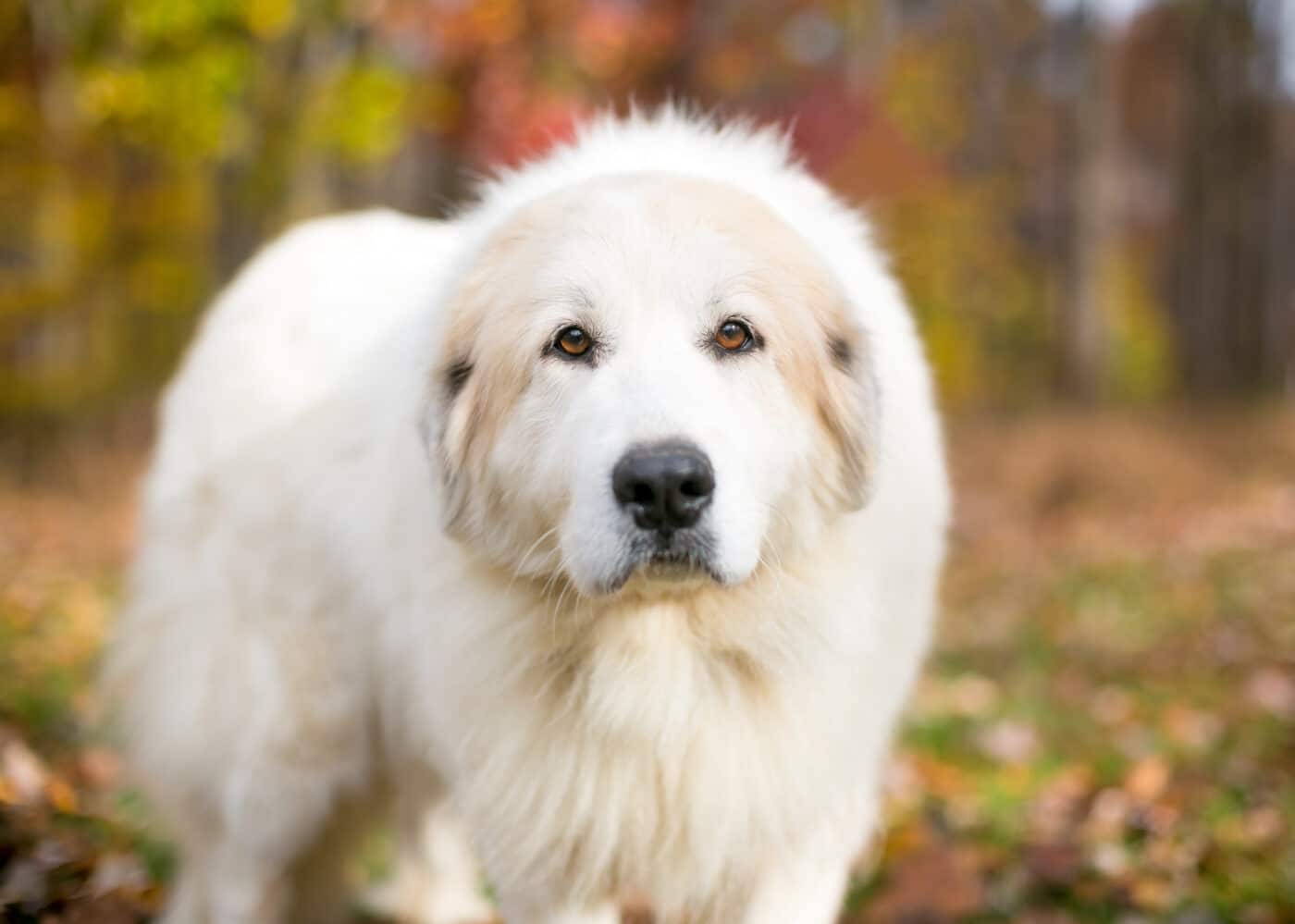 Shutterstock
Shutterstock
For centuries, the Great Pyrenees have been guarding sheep in the snowy mountains of France and Spain. These large, thick-coated dogs can withstand freezing temperatures while keeping predators at bay. Unlike many guarding breeds, they are incredibly patient and gentle with the animals they protect but fearless when faced with danger. Their ability to patrol and defend large herds without human supervision highlights their intelligence and self-sufficiency. Whether facing wolves, harsh winters, or rugged terrain, the Great Pyrenees remain steadfast in their duties.
Akita
 Shutterstock
Shutterstock
Originating from Japan, the Akita was bred to hunt large game such as boars, deer, and even bears. Known for their loyalty and strength, Akitas have been used as guard dogs, hunters, and even war dogs throughout history. Their thick double coat allows them to endure harsh winters, while their muscular build gives them unmatched power. Akitas have a strong survival instinct and are known for their ability to adapt to different environments. Their resilience has made them a national treasure in Japan and a beloved breed worldwide.
Belgian Malinois
 Shutterstock
Shutterstock
The Belgian Malinois has been a top working dog for police, military, and rescue teams for decades. Originally bred for herding, their intelligence and agility made them ideal for demanding jobs, including search-and-rescue missions and military operations. These dogs have been deployed in war zones, drug detection units, and even skydiving missions. Their ability to withstand extreme physical and mental challenges makes them one of the most resilient breeds in modern times. The Malinois don’t just survive tough conditions—they thrive in them.
Shar Pei
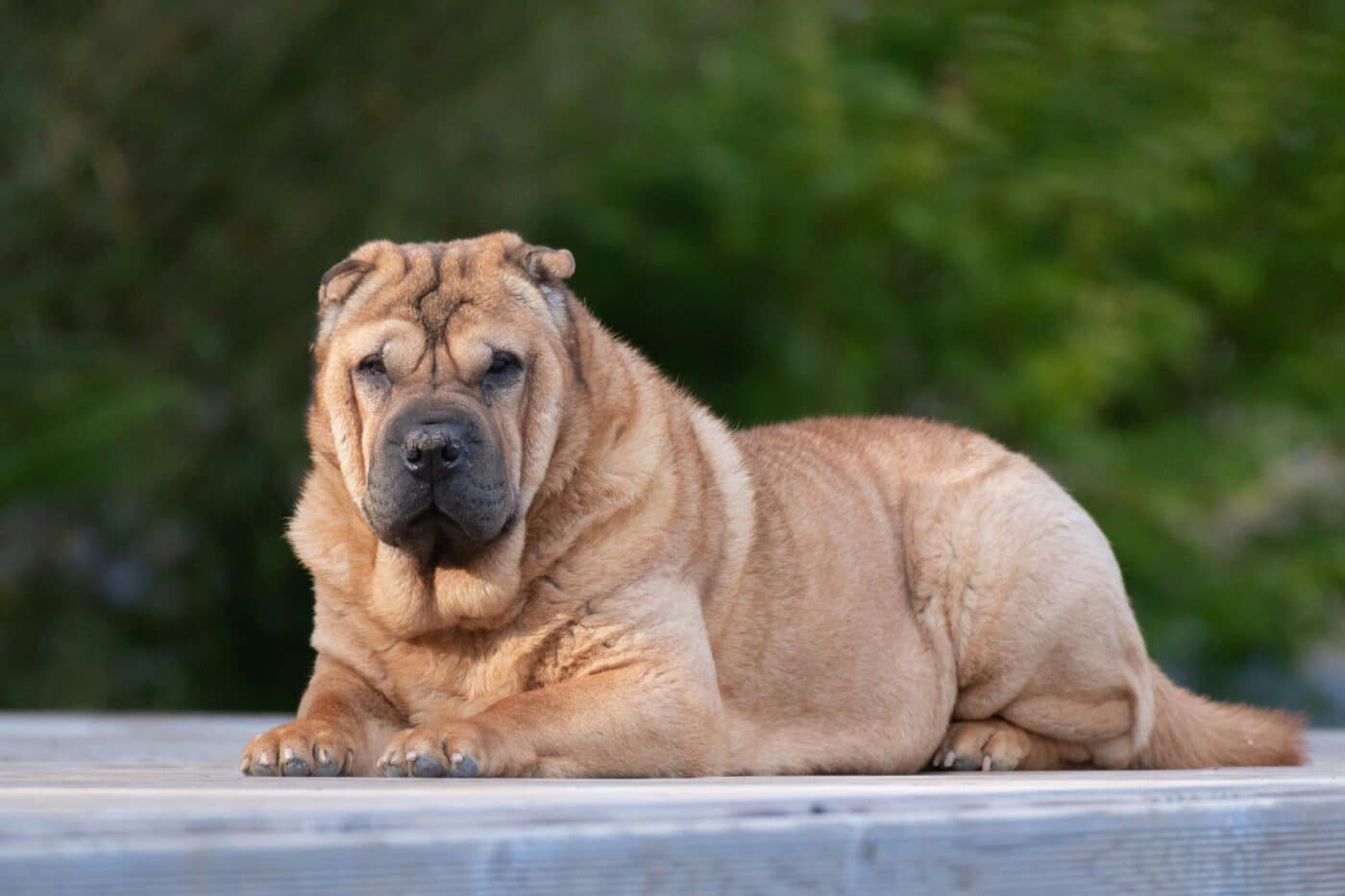 Shutterstock
Shutterstock
The Shar Pei is an ancient Chinese breed that has endured centuries of hardship, from being a palace guard dog to surviving near extinction. Originally used for hunting and protecting villages, Shar Peis developed thick, loose skin to help protect them in the fight against predators. Their adaptability and independence made them valuable working dogs in both rural and urban settings. Despite facing dwindling numbers in the 20th century, the breed was revived and is now recognized worldwide. Their resilience through history proves their strength and determination.
Dogo Argentino
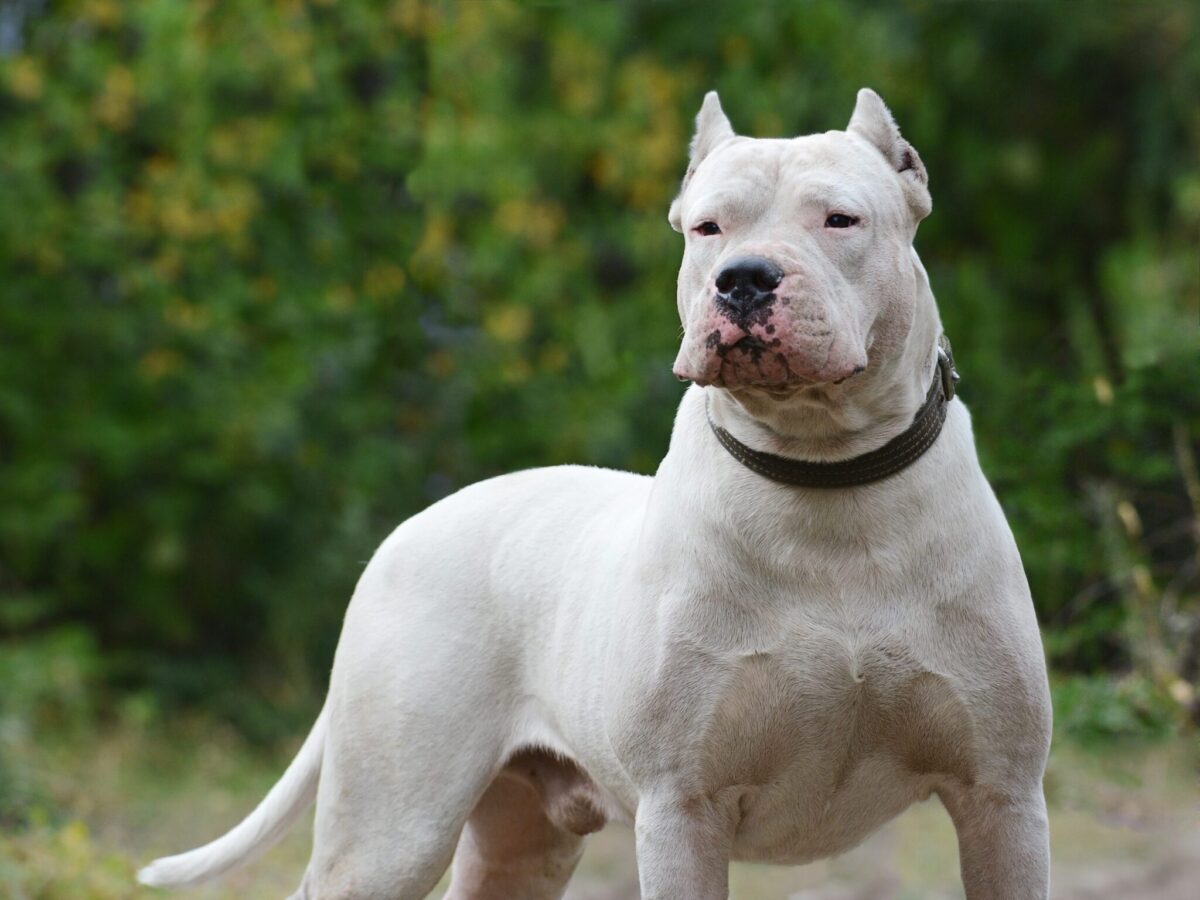 Shutterstock
Shutterstock
The Dogo Argentino was bred in Argentina to hunt wild boar, pumas, and other dangerous game. These fearless and athletic dogs needed both strength and endurance to take down large prey. Their short coat protects them from extreme heat, while their muscular build allows them to navigate rough terrain easily. Despite their tough nature, they are deeply loyal and protective of their families. The breed has faced restrictions and challenges in various countries, but their determination and adaptability have kept them thriving worldwide.
Icelandic Sheepdog
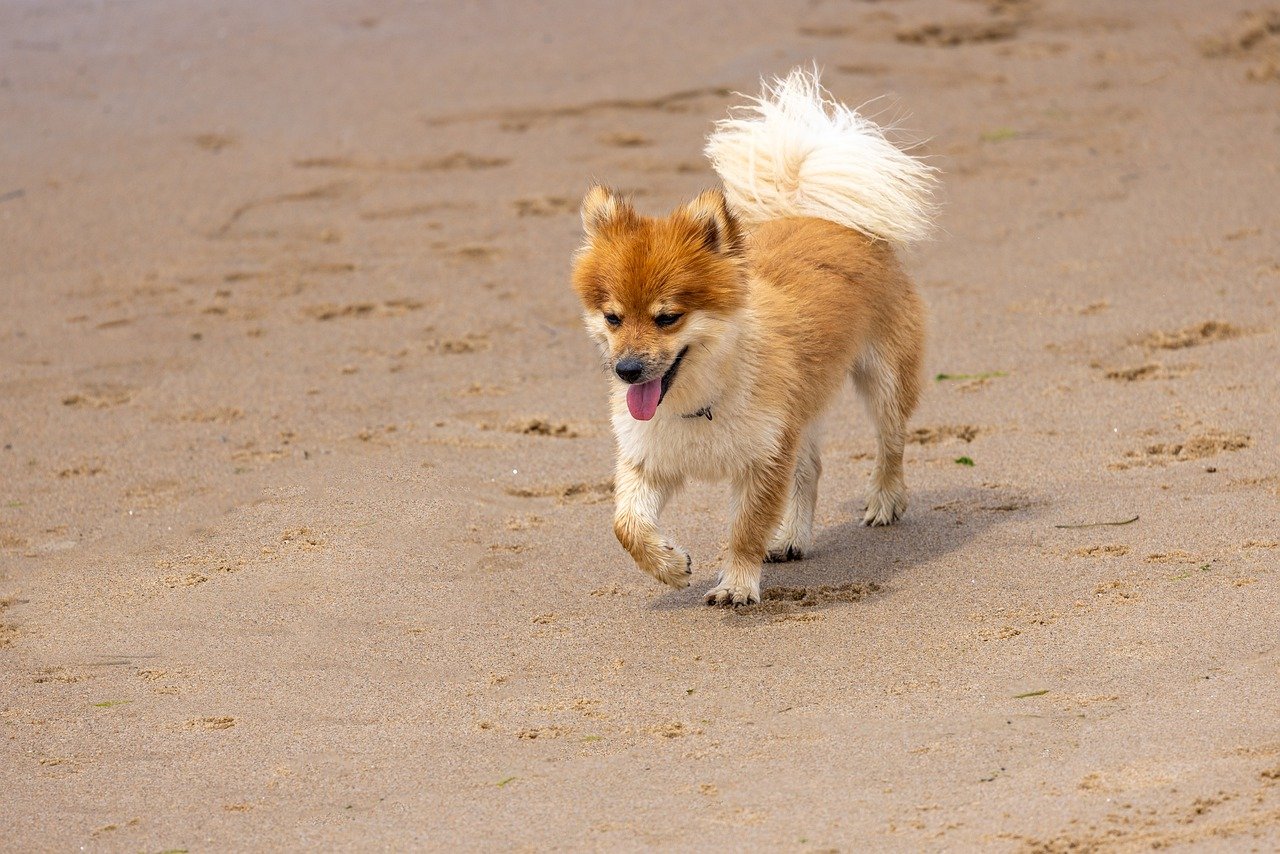 Shutterstock
Shutterstock
One of the oldest breeds in the world, the Icelandic Sheepdog has been herding livestock in the harsh landscapes of Iceland for over a thousand years. These hardy dogs have adapted to freezing temperatures, rocky terrain, and long, harsh winters with little food. Their thick double coat protects them from the elements, while their intelligence and energy make them excellent herding dogs. Despite the challenges of Iceland’s extreme climate, they have thrived as loyal and hard-working companions. Their ability to endure tough conditions and remain one of the happiest, most playful breeds proves their resilience.
The Dogs Who Laughed in the Face of Hardship
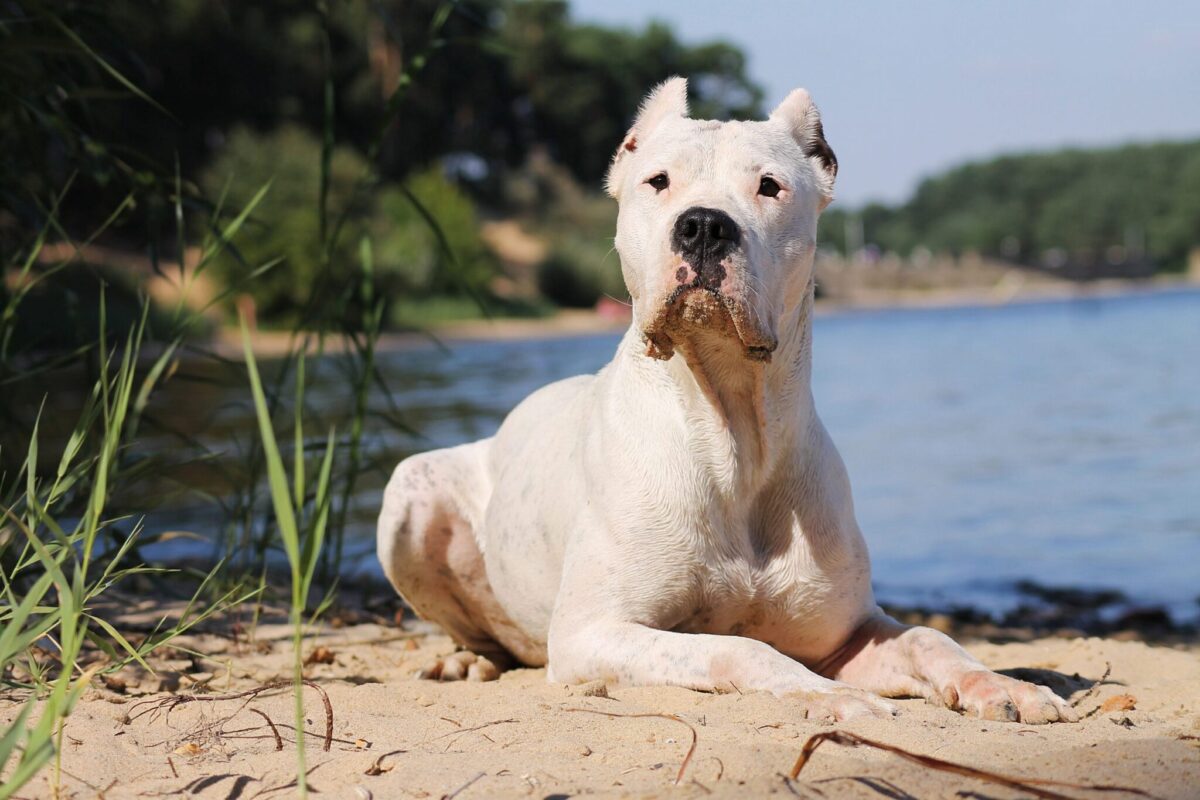 Shutterstock
Shutterstock
These breeds didn’t just endure hardship—they thrived in it. They have showcased incredible strength and adaptability, from battling Arctic blizzards to guarding livestock and performing daring rescues. Their ability to excel in extreme environments and demanding roles proves their resilience. While some now enjoy a more comfortable life, their legacy as history’s most challenging dogs remains unshaken. Their courage, endurance, and unwavering spirit continue to inspire, proving that true toughness isn’t just about survival—it’s about conquering every challenge that comes their way.

 2 weeks ago
18
2 weeks ago
18



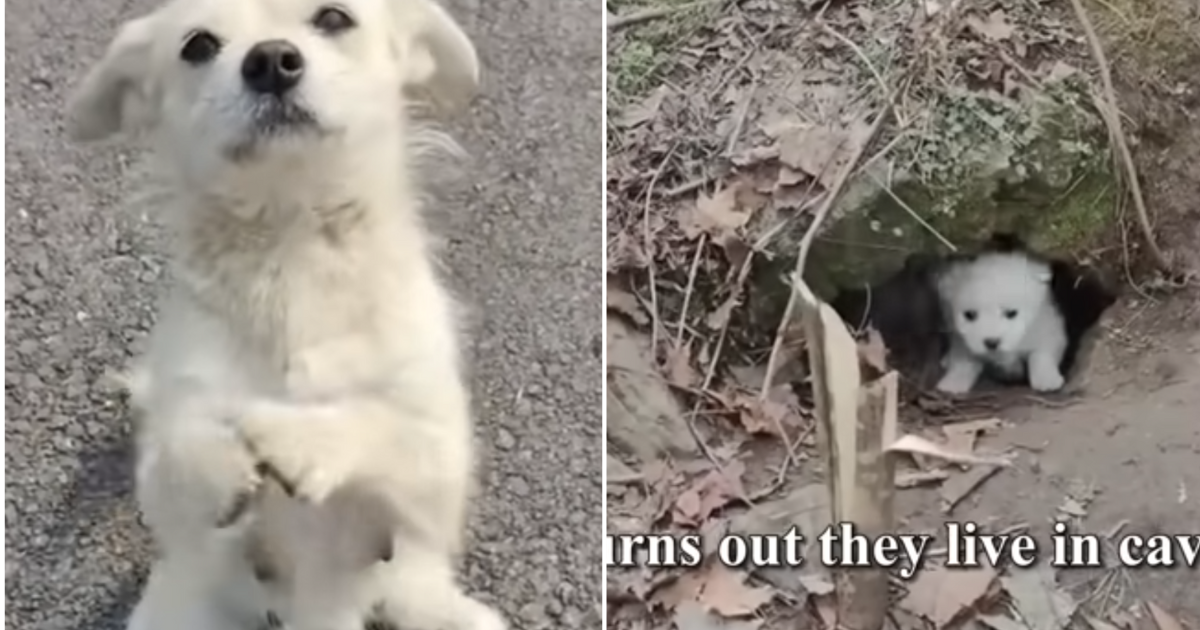




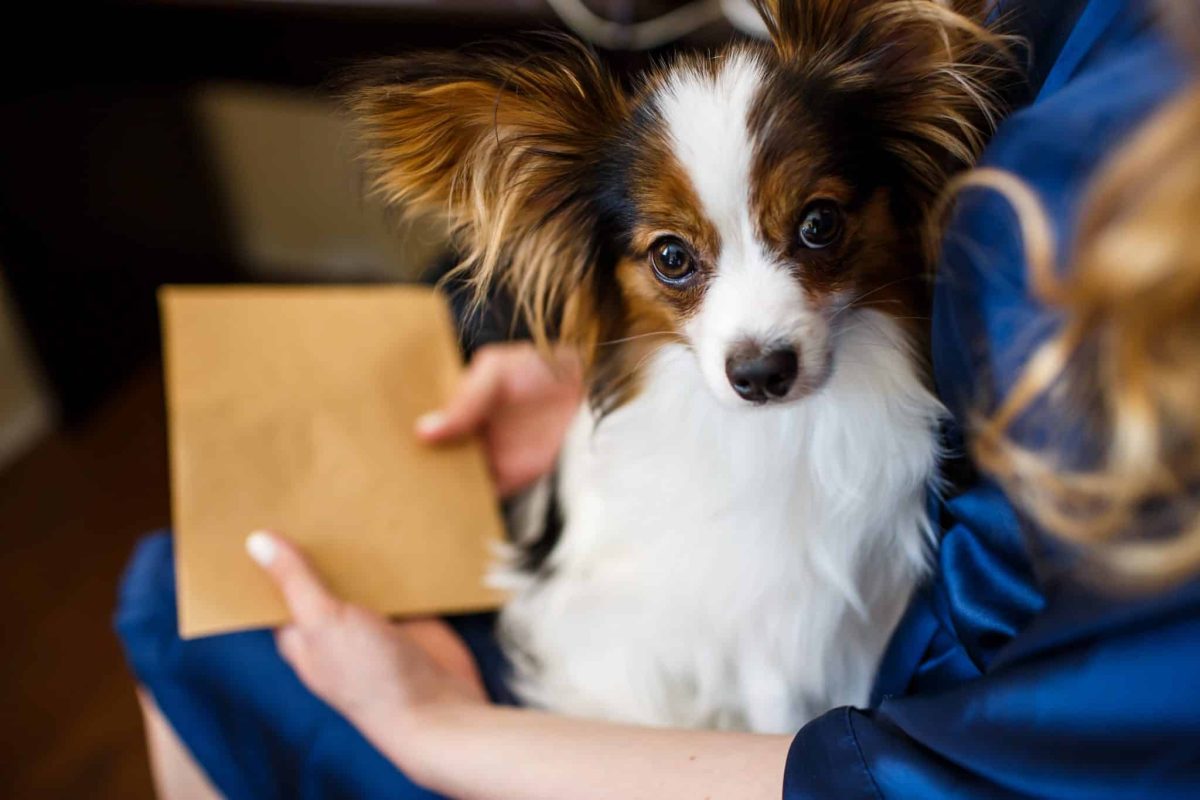









 English (US) ·
English (US) ·